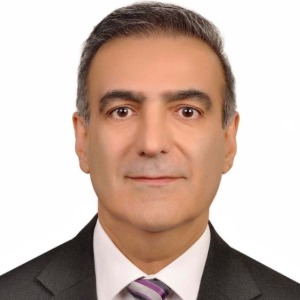Global Eye Health and Preventive Ophthalmology
Improving vision on a global scale requires strategic prevention, equitable access, and community-based intervention. Global eye health and preventive ophthalmology focuses on addressing disparities in vision care across underserved populations. Leading causes of preventable blindness—such as uncorrected refractive errors, cataracts, and diabetic retinopathy—can be managed effectively with low-cost screening and treatment programs. Mobile eye clinics, teleophthalmology, and task-shifting models have expanded outreach to remote areas. Public health initiatives emphasize early childhood screening, vaccination against measles and rubella, and education on hygiene practices to combat trachoma. International collaborations between governments, NGOs, and professional bodies are crucial for sustainable eye care infrastructure. Integrating eye health into primary care systems is key to long-term success. Data-driven approaches, policy advocacy, and workforce training are transforming how vision care is delivered across borders.

Tim Jackson
King’s College London, United Kingdom
Shadrokh Nabili
University Hospitals of Morecambe Bay NHS Foundation Trust, United Kingdom
Anna Maria Bassi
University of Genoa, Italy
Pio Conti
University of Chieti, Italy
Gowhar Ahmad
Florence Hospital Srinagar, India
Hyungju Park
Gangnam Tokyo Eye Clinic, Korea, Republic of




Title : Rare and interesting case of Goldenhar’s syndrome in a 3 years old male child
Gowhar Ahmad, Florence Hospital Srinagar, India
Title : Management of common vitreoretinal lesions: An overview and update
Tim Jackson, King’s College London, United Kingdom
Title : Optimizing astigmatism management in refractive cataract surgery
Shadrokh Nabili, University Hospitals of Morecambe Bay NHS Foundation Trust, United Kingdom
Title : Comparative outcomes of a newly modified trabeculectomy versus conventional trabeculectomy
Hyungju Park, Gangnam Tokyo Eye Clinic, Korea, Republic of
Title : Lumevoq gene therapy in leber hereditary optic neuropathy
Magali Taiel, GenSight Biologics, France
Title : Intra orbital wooden foreign bodies: A retrospective study of 30 cases
Chandana Chakraborti, Regional Institute of Ophthalmology, Medical College & Hospital, India